Yes, we can… and it will help to understand this weird circuit solution at a lower level. Look at Fig. 1; it corresponds to the figure in the question body above. Only, it is implemented by an emitter current sink and, for simplicity, the current mirror is replaced by two collector resistors (the classic solution):

Fig. 1. A conceptual picture of the emitter-coupled transistors ("current divider") - "a", and the dynamic load stage ("voltage divider") - "b".
Current divider
In the simple differential pair with emitter current source (sink), we can see the elementary electrical circuit of a current divider - two (variable) resistors with resistances rCE1 and rCE2 in parallel supplied by a constant current source. These "resistors" are a bit complicated - they are nonlinear (dynamic and voltage-stabilizing) and implemented with transistors... but this does not change the general idea.
Differential mode. We can demonstrate the circuit operation in differential mode with a humble potentiometer by connecting its halves in parallel - Fig. 1a. When we wiggle its wiper, the two partial resistances rCE1 and rCE2 crossfade (redistribute) and the common current is steered between them. In the real differential pair, the current is vigorously steered because of the dynamic resistances; if you want to emulate it, wiggle vigorously the wiper. The role of constant resistors Rc1 (Rc2) is to convert the partial currents to voltages since we need a voltage output... but we can demonstrate the principle with a current output by replacing the resistors with ammeters.
Common mode. To demonstrate it, we should change simultaneously (in the same direction and with the same rate) both resistances. We can implement this arrangement by two separate variable resistors with joined wipers.
Voltage divider
We can see the dual elementary electrical circuit of a voltage divider - two (variable) resistors with resistances rCE4 and rCE2 in series supplied by a constant voltage source, in the output stage of the more sophisticated differential pair with dynamic load - Fig. 1b. As above, these "resistors" are nonlinear (dynamic but current-stabilizing) and implemented with transistors... but this does not change the general idea.
The dynamic load stage is designed here to operate only in differential mode. As above, we can demonstrate its operation with a humble potentiometer by connecting its halves in series (the usual potentiometric connection) - Fig. 2. When we wiggle its wiper, the two partial resistances rCE4 and rCE2 crossfade (redistribute) and the common voltage is redistributed ("steered") between them. In the real differential pair, the voltage is vigorously "steered" because of the dynamic resistances; if you want to emulate it, wiggle vigorously the wiper. Here the output quantity is voltage; so there is no need for additional resistors.
Resistance vs current/voltage approach
Finally, I want to explain what is the point of working with resistances instead of currents and voltages when explaining, in an intuitive manner, electronic circuits with active elements (transistors).
Resistance is a more primary quantity than current and voltage; resistance is the cause and current and voltage are the consequence. When we say that a current source (transistor) changes its (collector) current, we only state the fact of the change but do not explain how this element does it. And the only way it can do that is by changing its resistance (the voltage is constant). So it is much more understandable to say "the current source increases its current by decreasing its resistance" instead only "the current source increases its current". Here I mean the common notion of a current source as not a true energy source but as an element keeping a constant current.
Therefore, whenever we want to explain a circuit to the lowest possible level of abstraction, it is a good idea to do it in terms of resistances. Of course, all this is valid if our goal is a true understanding of circuit phenomena on an intuitive level. If our goal is different (a homework according to the requirements of the teacher, a scientific article to build a reputation, a demonstration of great erudition, expression according to generally accepted canons and blind following of the dominant paradigm, etc.), this approach does not work but rather creates problems for us...

